Rank Amateur
Brilliant_Rock
- Joined
- Feb 26, 2003
- Messages
- 1,555
It tells us to be wary of a machine that attempts to measure "fire" square to the table?
The fine-ness of the make has no effect on the quality of dispersion, only the quantity? That is, an ideally cut stone has more fire only becuase it reflects more rays and those rays then have a chance to become dispersed?
Maybe the better cuts have more dispersion because the rays likely to be leaked are also those more likely to get dispersed?
The fine-ness of the make has no effect on the quality of dispersion, only the quantity? That is, an ideally cut stone has more fire only becuase it reflects more rays and those rays then have a chance to become dispersed?
Maybe the better cuts have more dispersion because the rays likely to be leaked are also those more likely to get dispersed?


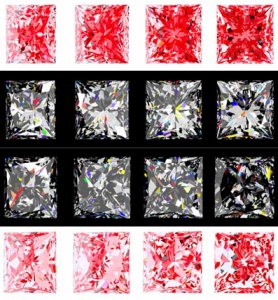
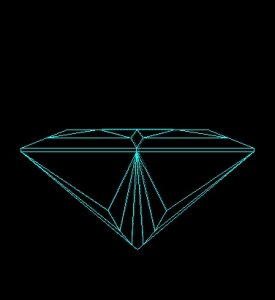
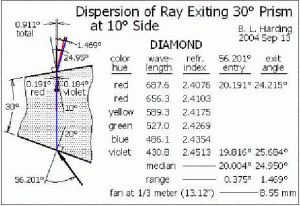
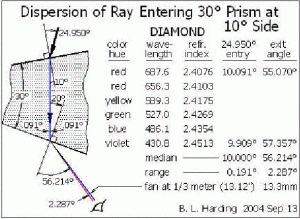

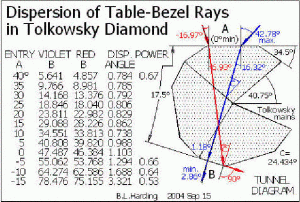



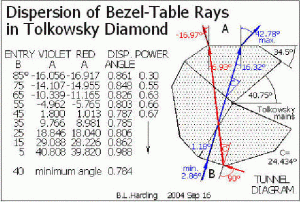


300x240.png)